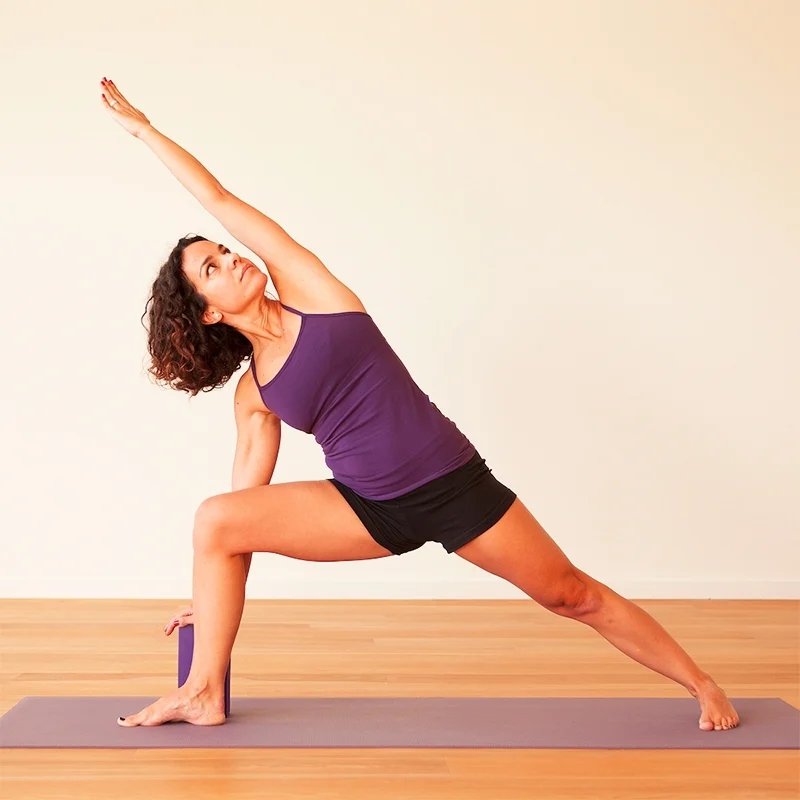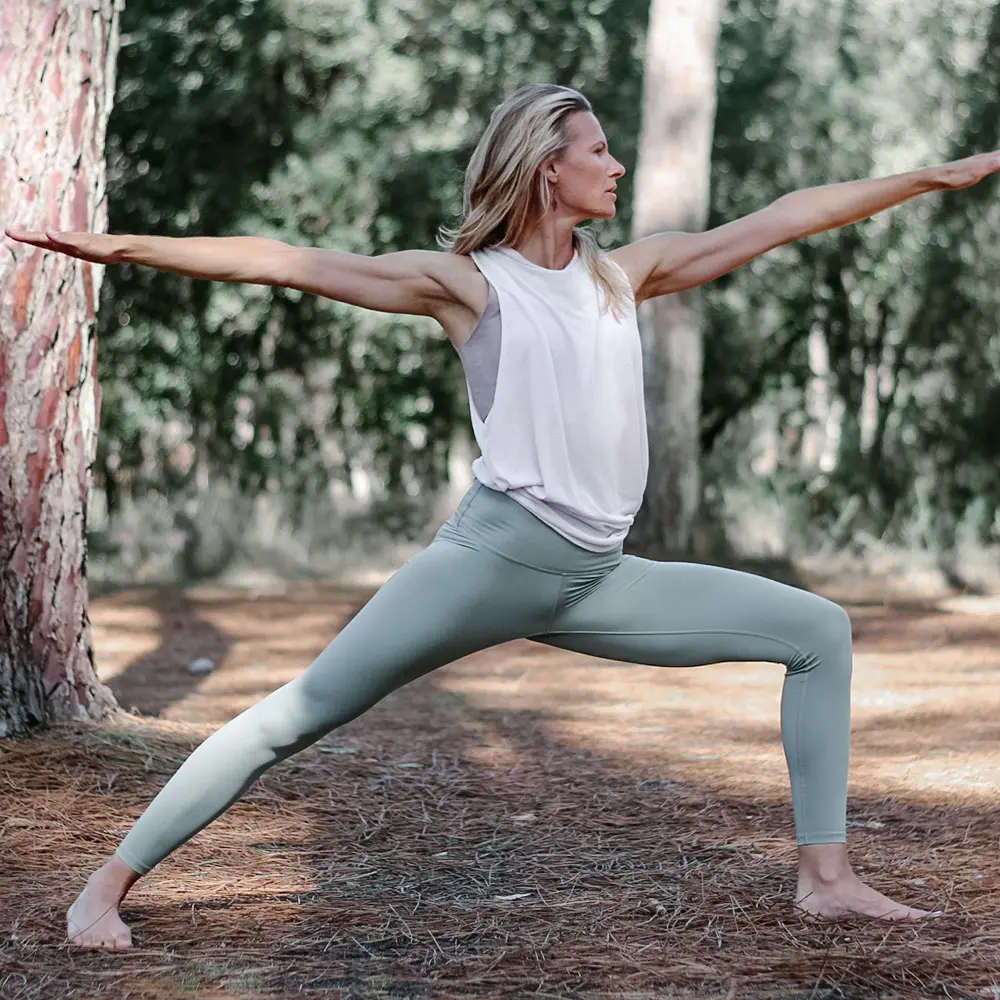I. Introduction to Vinyasa Flow Yoga

A. Origins and Philosophy
Vinyasa Flow Yoga has its roots in ancient yoga traditions, particularly in the practice of Ashtanga Vinyasa Yoga. The word “vinyasa” can be translated as “arranging something in a special way.” This style of yoga focuses on the alignment of movement and breath, creating a dynamic and fluid practice that integrates the body, mind, and breath. The philosophy underlying vinyasa yoga emphasizes the concept of “moving meditation,” where the practitioner connects each movement with conscious breathing, promoting a sense of mindfulness and presence in the practice.
B. Characteristics and Principles
Vinyasa Flow Yoga is characterized by its continuous and smooth transitioning between yoga postures, guided by the rhythm of the breath. Unlike traditional yoga styles, where postures are held for a longer duration, vinyasa flow sequences involve seamlessly moving from one pose to another, creating a “flow” of movements. Key principles include the synchronization of breath and movement, maintaining a steady and focused breath throughout the practice, and embracing the concept of “flowing” through transitions without interruption, creating a sense of grace and fluidity in the practice.
II. Benefits of Vinyasa Flow Yoga
A. Physical Wellness
The practice of Vinyasa Flow Yoga offers a multitude of physical benefits. Continuous movement and flowing sequences help build strength, flexibility, and endurance. It provides a full-body workout, engaging various muscle groups and promoting balance and coordination. The dynamic nature of vinyasa flow also stimulates cardiovascular health, promoting circulation and boosting energy levels. Additionally, the practice of vinyasa flow can contribute to improved posture, joint mobility, and overall physical vitality.
B. Mental and Emotional Wellbeing
In addition to the physical benefits, Vinyasa Flow Yoga offers profound mental and emotional advantages. The synchronized breathing and continuous movement establish a state of moving meditation, fostering mindfulness and concentration. The practice encourages practitioners to cultivate a present-moment awareness, reducing stress and promoting mental clarity. The mindful nature of vinyasa flow yoga can also aid in emotional regulation, promoting a sense of inner calm, emotional resilience, and a greater capacity for self-awareness and self-reflection.
III. Asanas and Sequencing in Vinyasa Flow Yoga

A. Dynamic and Fluid Poses
Vinyasa Flow Yoga is characterized by a dynamic and fluid sequence of yoga postures, known as “asanas.” These poses are carefully crafted to create a seamless and continuous flow of movement during the practice. Dynamic poses are designed to engage multiple muscle groups, promote flexibility, and enhance physical endurance. The practice of vinyasa flow encourages practitioners to transition mindfully from one dynamic pose to another, creating a sense of fluidity and grace in their movements.
B. Transition and Breath Synchronization
Transition and breath synchronization form the core of the vinyasa flow practice. Each movement is synchronized with the inhalation and exhalation of the breath, facilitating a harmonious and rhythmic flow. Breath acts as a guide in vinyasa flow yoga, driving the transitions between poses and infusing the practice with a meditative quality. The seamless coordination of breath and movement enables practitioners to cultivate a heightened awareness of the present moment, fostering a state of moving meditation throughout the practice.
IV. The Practice: Vinyasa Flow Yoga Sessions
A. Variations and Modifications
Vinyasa Flow Yoga offers a wide range of variations and modifications to accommodate practitioners of diverse abilities, body types, and experience levels. These variations may include adaptations of poses, the use of props, or adjustments to sequences to meet individual needs. By embracing variations and modifications, practitioners can customize their practice, ensuring that it serves their unique requirements and supports their physical and mental wellbeing. This inclusivity makes Vinyasa Flow Yoga accessible to a wide range of individuals, promoting the spirit of acceptance and unity within the yoga community.
B. Mindfulness and Conscious Movement
Mindfulness and conscious movement lie at the heart of Vinyasa Flow Yoga sessions. Practitioners are encouraged to approach their practice with a heightened sense of awareness, focusing on the quality of their movements and the sensations within their bodies. With conscious movement, practitioners become attuned to their breath, the alignment of their bodies, and the flow of the practice. This mindfulness nurtures a deep connection to the present moment, fostering a sense of inner calm and promoting a harmonious integration of body, breath, and mind.
A. Breathing Techniques
One of the key components of vinyasa flow yoga is linking breath with movement. This helps to create a sense of fluidity and unity in your practice. In vinyasa flow, you’ll often hear the instruction to “inhale as you lift your arms, exhale as you fold forward.” This rhythmic breathing helps to steady the mind and bring awareness to the present moment. It also helps to oxygenate the muscles and generate heat in the body, which can aid in deepening your practice.
To practice vinyasa flow breathing, focus on taking slow, deep breaths in and out through your nose. Try to make your inhales and exhales equal in length, and let your breath guide the movement of your body. As you advance in your practice, you can explore more advanced breathing techniques, such as ujjayi breath, which involves constricting the back of the throat to create a soft, audible sound with each breath.
B. Establishing a Regular Practice
Like any form of exercise or meditation, consistency is key to reaping the benefits of vinyasa flow yoga. It’s important to carve out time in your schedule for regular practice, whether it’s attending classes at a yoga studio or setting aside time for home practice. To establish a regular practice, consider the following tips:
- Set realistic goals: Start by setting achievable goals for your practice. Maybe you aim to attend one vinyasa flow class per week, or to practice at home for 20 minutes three times a week. Setting realistic goals will help you stay motivated and committed to your practice.
- Find a suitable practice space: Create a dedicated space in your home where you can practice vinyasa flow yoga without distractions. Keep your yoga mat, props, and any other essentials in this space so that it’s always ready for you to practice.
- Mix it up: While it’s beneficial to establish a routine, it’s also important to keep your practice fresh and engaging. Try different styles of vinyasa flow, experiment with new sequences, or attend classes led by different instructors to keep your practice interesting.
- Seek support: Surround yourself with a supportive community of fellow yogis. Whether it’s attending classes with friends, joining a yoga group or forum, or following inspiring yogis on social media, having a supportive network can help keep you motivated and accountable.
-
Listen to your body: Lastly, listen to your body and honor its needs. Some days you may feel full of energy and ready for a vigorous vinyasa flow practice, while other days you may need a more gentle and restorative practice. Pay attention to how your body feels and adjust your practice accordingly.
Conclusion
In conclusion, Vinyasa Flow Yoga is a dynamic and holistic practice deeply rooted in ancient yoga traditions. Its philosophy emphasizes a seamless integration of movement, breath, and mindfulness, creating a practice that not only offers physical benefits but also fosters mental clarity, emotional wellbeing, and overall balance. Understanding the origins, philosophy, characteristics, and principles of vinyasa flow yoga, along with its multitude of physical and mental benefits, can inspire individuals to embark on a journey of self-discovery and holistic wellness through this transformative yoga practice.

